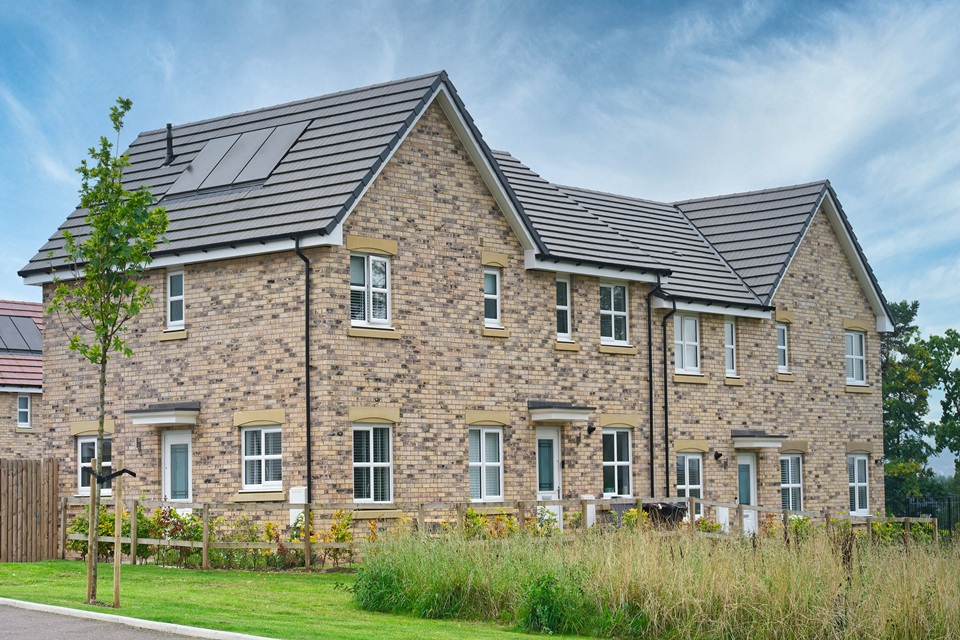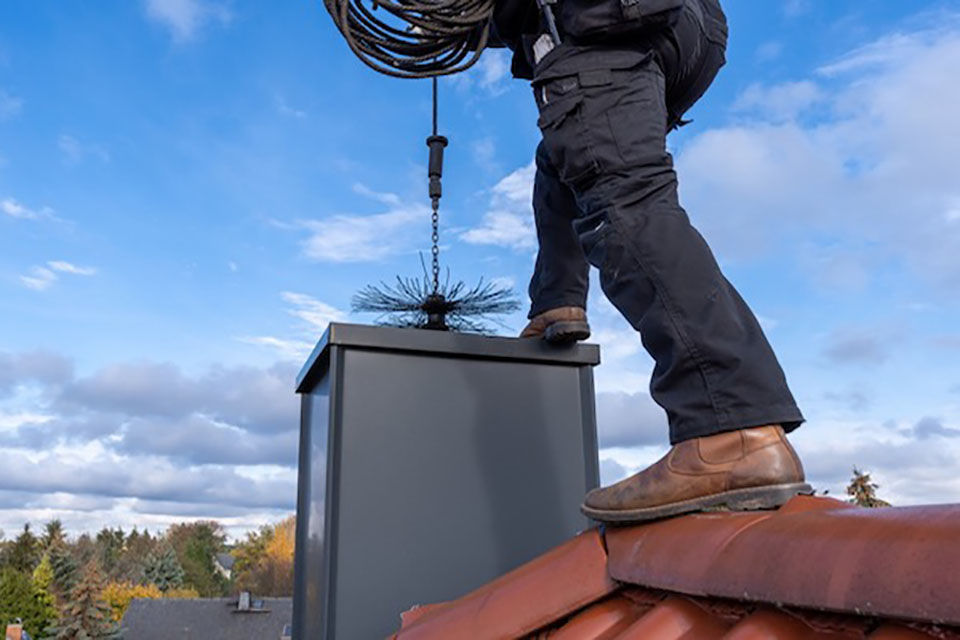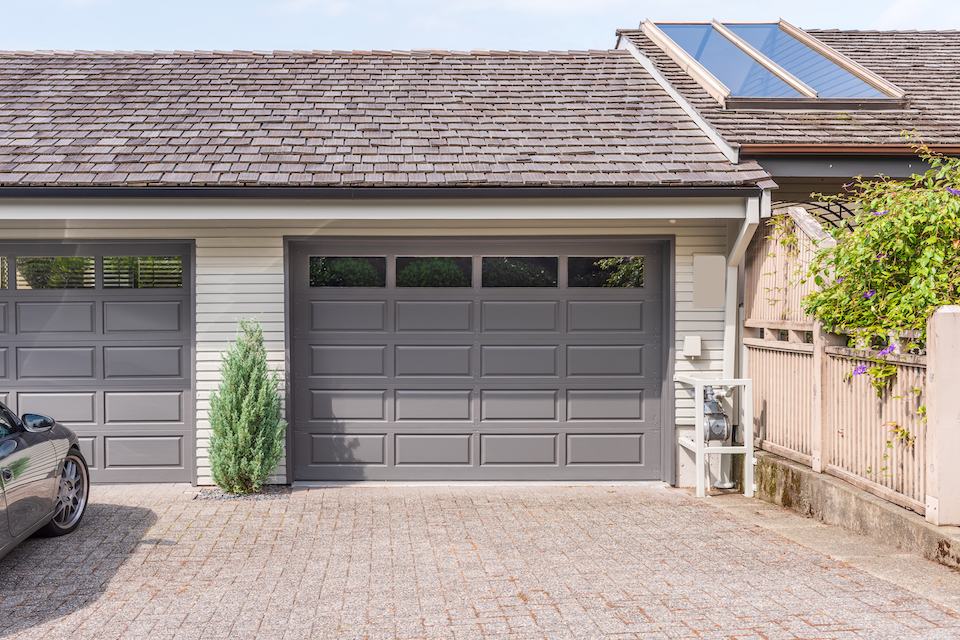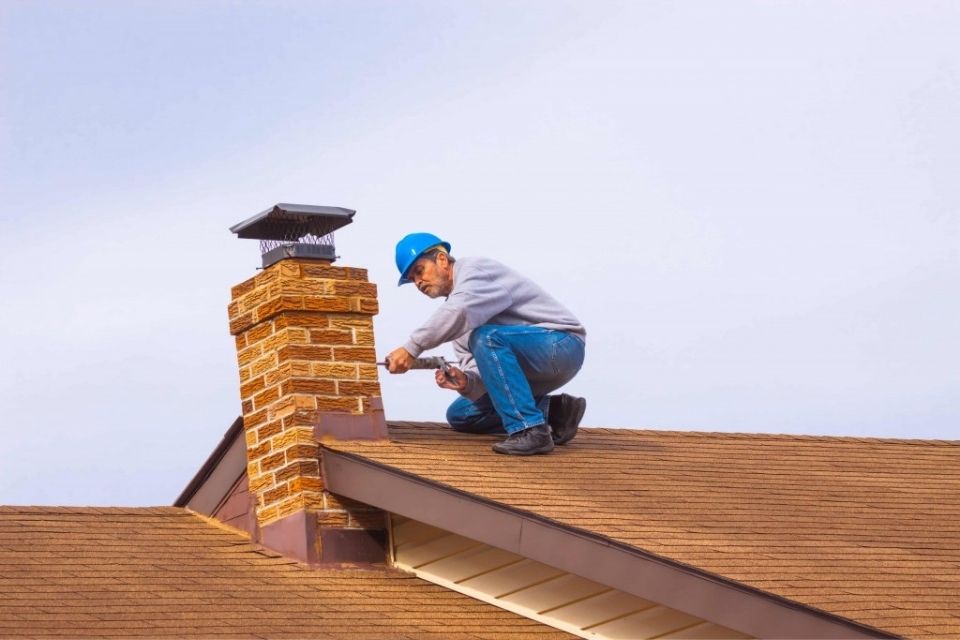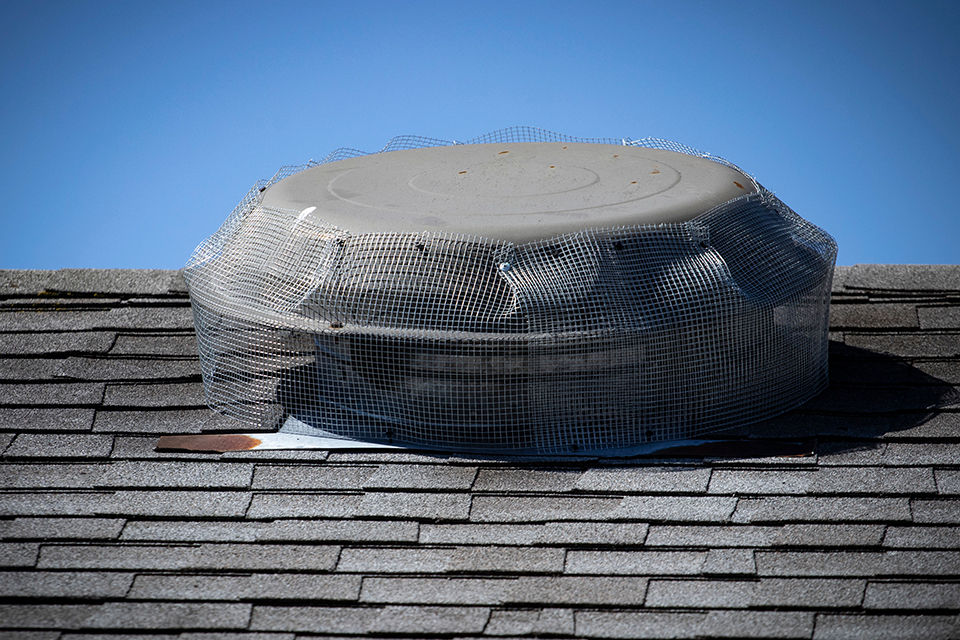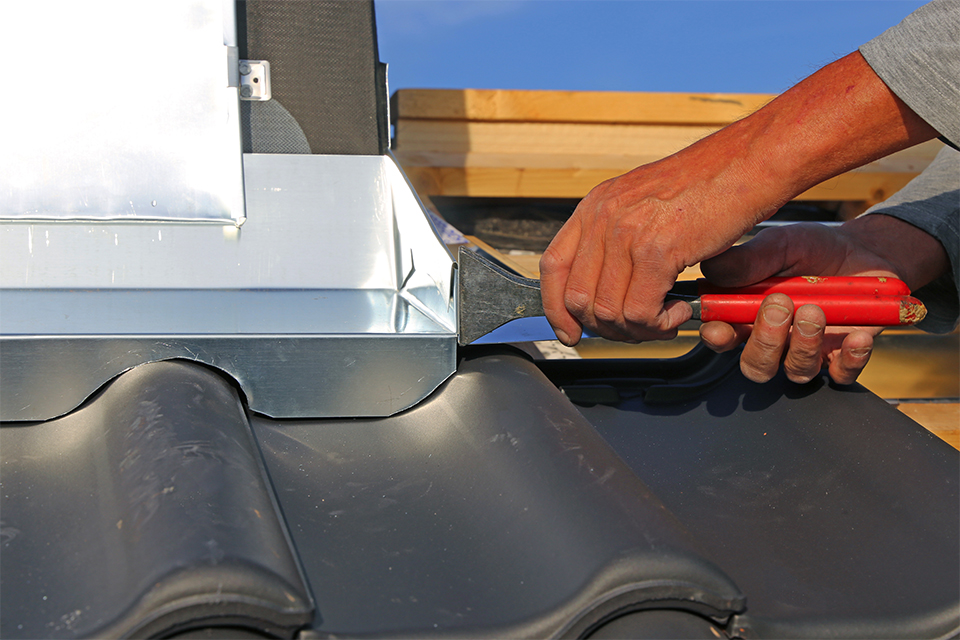With so many options, it’s difficult to know what will look the best and be the most durable. To help you make the right choice roofing expert Eric Black at HomeHow.co.uk takes us through the different types of roofing materials and explains what makes one better to use than another.
Slate
Slates are grey with hints of green, blue or purple. They tend to change colour with age and can come with a textured finish. So, they’re ideal for adding character to your roof.
Good-quality roof slate is durable and can last more than 100 years. Plus, slate is a natural material and is recyclable, making it a sustainable option. However, slate can be pricey.
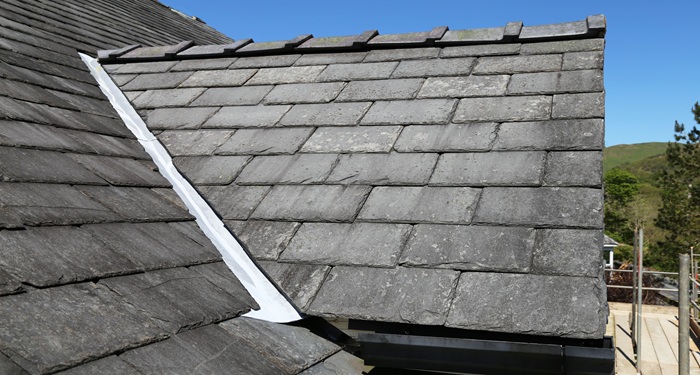
Clay
Clay tiles are one of the most aesthetically pleasing roof materials you can use. They’re typically red, giving homes a distinct look. However, blue and brown tiles are also available if you’re after a more subtle roof colour.
Handmade clay tiles and S-shaped pantiles give roofs a lovely, rustic appearance – making them a great option for country cottages, barn conversions and heritage properties.
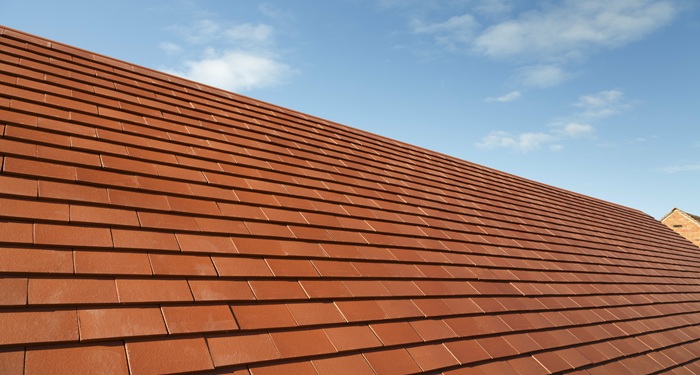
Concrete
Concrete is a more moisture-resistant roof material than slate and clay. This means it’s well-suited to low-pitch roofs. This type of tile is also extremely strong and durable.
Concrete is typically more affordable than using roof tiles made from natural materials but can be prone to lichen, moss and algae growth – particularly on roofs in shady locations. Concrete tiles can also be quite weighty.
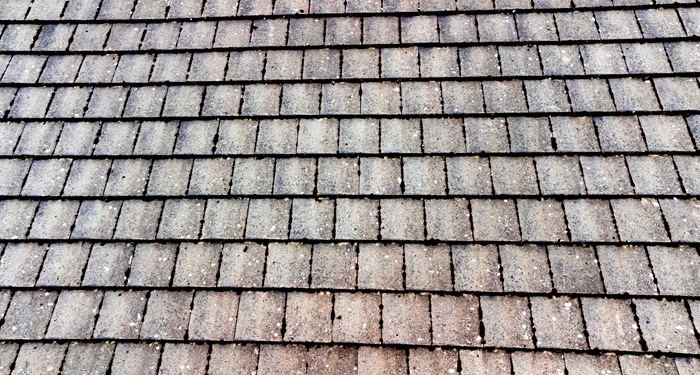
Fibre Cement
Fibre cement is a newer roofing material, so you may not be familiar with it. However, it has plenty of benefits. This type of tile is designed to look like natural slate and is available in a smooth and textured finish.
The key difference is that fibre cement tiles have a more uniform look than real slate and aren’t prone to cracking or chipping. So, they can add a more contemporary character to your home and reduce maintenance. The only real disadvantage is the cost.
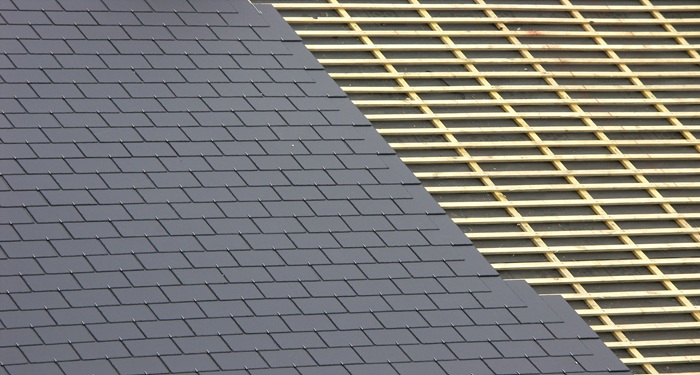
Metal
Metal roofs are growing in popularity. The most commonly used materials include zinc, Corten steel and copper. These all develop distinctive patinas over time, giving your roof a stand-out, contemporary style.
Not only that, but metal roofs are durable, lightweight and suitable for low pitches. Metal roofs tend to be low maintenance and you can choose between tiles and sheets. However, this type of roof is more specialist, so installation costs are higher and metal can dent.
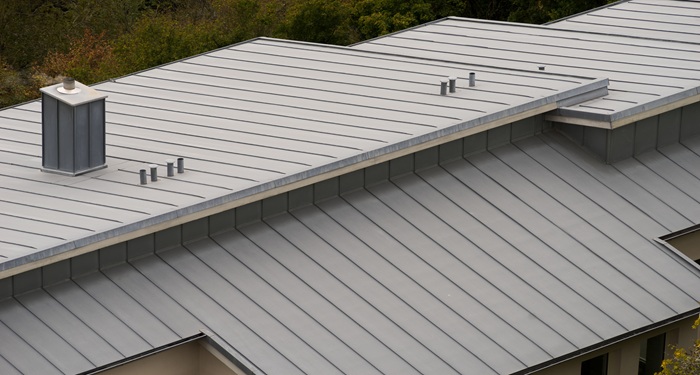
Natural stone
Natural stone, such as York stone, is one of the lesser-known roofing materials but it’s similar to slate in its durability and has the same aesthetic appeal as clay.
Natural stone tiles are well-suited to harsh climates and do have insulating properties but are much heavier than slate. Plus, even reclaimed stone tiles can be expensive. For this reason, natural stone is typically only used on heritage and renovation projects or in protected landscapes such as conservation areas.
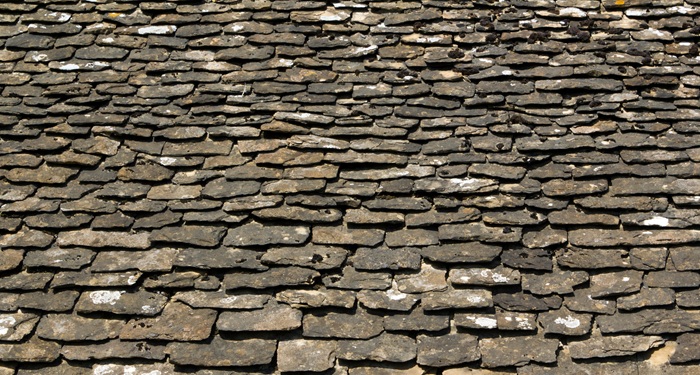
Thatch
Thatch isn’t commonly used on roofs anymore but that’s not to say it doesn’t have any benefits. Thatched roofs are sustainable and naturally insulating.
They’re also full of texture and charm. Because of this, a thatched roof can add value and kerb appeal. However, skilled thatchers are hard to find and this type of roof material does require more maintenance than modern roof coverings.
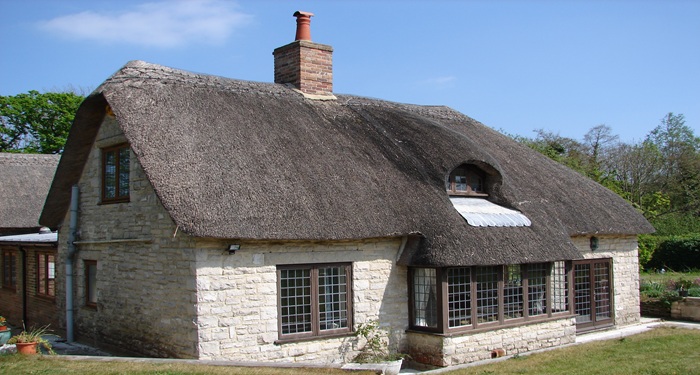
Synthetic Rubber (EPDM)
EPDM is a very affordable roofing material that’s easy to repair. It’s suitable for sloped and flat roofs and provides the perfect surface for creating a roof garden.
EPDM is also fire-resistant. The main downsides are that EPDM doesn’t typically last longer than 20 years and can suffer from punctures and tears unless you’re careful. It also lacks the kerb appeal of other roofing materials.
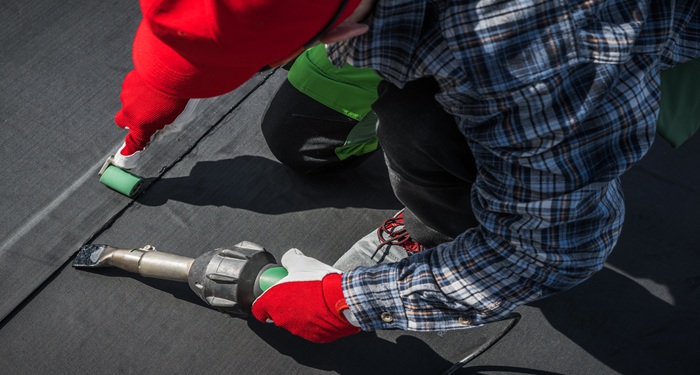
Glass Reinforced Plastic (GRP)
An alternative to EPDM is GRP. This material is flexible and lightweight, making it suitable for sloping and flat roofs on extensions and outbuildings. However, it’s pricier than EPDM and it’s not recommended for use on larger areas of roofs. It’s also tricky to repair. That said, it should last up to 30 years and it is resistant to tearing.

Mineral Felt
Mineral felt is traditionally used on small, flat and low-pitched roofs, including extensions and outbuildings. It’s cheap and easy to install but does have a limited lifespan of between 10 and 20 years and isn’t the most aesthetically pleasing roofing material.
It’s not quite as UV-resistant as EPDM and GRP and needs to be regularly maintained to get the best out of it. So, it’s not for everyone.
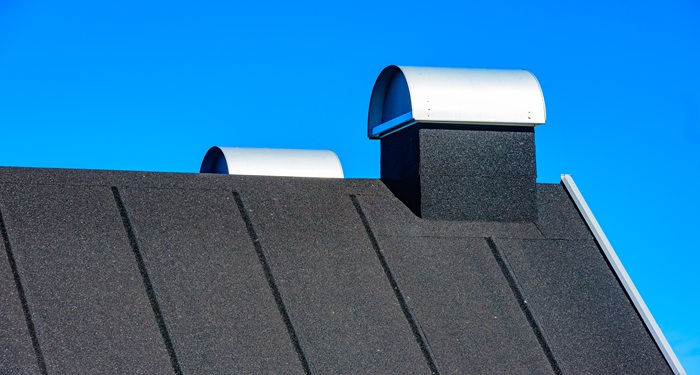
What to Consider
As you can see, there are pros and cons to all roofing materials. So, which is best for your roof? To pick a material that’s best for your home and your budget, you should consider the following:
- Roof type – Some materials, such as mineral felt and GRP, are only suitable for roofing small areas such as flat-roof extensions and outbuildings. So, you need to pick a material that’s suitable for your roof type.
- Roof shape – Pick a material that’s suitable for the pitch of your roof. Porous roof materials, such as clay tiles, are best suited to roofs with a pitch of at least 30° while concrete tiles can work on high and low pitch roofs but not flat ones. If you have a roof with sloping and flat sections, you may wish to choose a material such as metal that’s suitable for both.
- Climate – Matching your roof materials to the climate you live in will help to prolong the lifespan of your roof. For instance, clay is resilient in wet and windy conditions but can crack in extremely cold temperatures. Metal roofs can typically withstand both hot and cold temperatures but can be noisy when it rains.
- Where you live – It’s always worth checking whether there are any planning restrictions in your area as this may limit the type of roofing materials you’re allowed to use. There may also be a particular type of roofing material that’s traditionally used in your region, such as slate or clay. So, you may wish to use this material, to ensure your home fits in with the local area.
- Your property – If your home is a period property, it may be sensible to use a material that fits in with its age and character. Those living in a terrace or semi-detached home may wish to use the same material as the neighbours, to avoid potential issues and ensure the roof looks seamless.
- The roof structure – The roof structure may also determine the best material to use. For instance, concrete or stone tiles may be too heavy for the roof structure.
- Material quality – To make sure you use the best roof material, you need to choose a good-quality product, rather than go for whatever’s cheapest. The better the quality, the longer your roof is likely to last.
Final Thoughts
Picking the best roofing material is not just about the type of material you use but it’s also about where you’re going to use it. Whatever material you do choose, it needs to be of good quality if you want it to last. However, no material will perform well unless it’s installed properly. So, as much as anything else, you need to make sure you hire the right people.

